Today, scholars have resolved the mystery of what is Machu Picchu, revealing its true identity to the world. The Inca citadel was an exclusive neighborhood of the relatives of the Pachacutec Inca regent.
It has ceremonial areas, houses, stores, and even terraces. Pachacutec ordered its construction in 1450, and the Spanish invaders visited the place sporadically. For this reason, Machu Picchu remained intact until today.
Happily, now we can enjoy this treasure. And The ways to get tourists to Machu Picchu are three. By train, going trekking, even by bus. Depending on your budget and your time, you’ll enjoy the trip in each one of them.
For that reason, together with the Machu Travel Peru team, we want to tell you everything to know how to get to Machu Picchu.
Everything you need to know how to get to this world wonder
- Location
- From everywhere to Cusco
- Cusco to Aguas Calientes
- Aguas Calientes to Machu Picchu
- Machu Picchu tour tips
Location
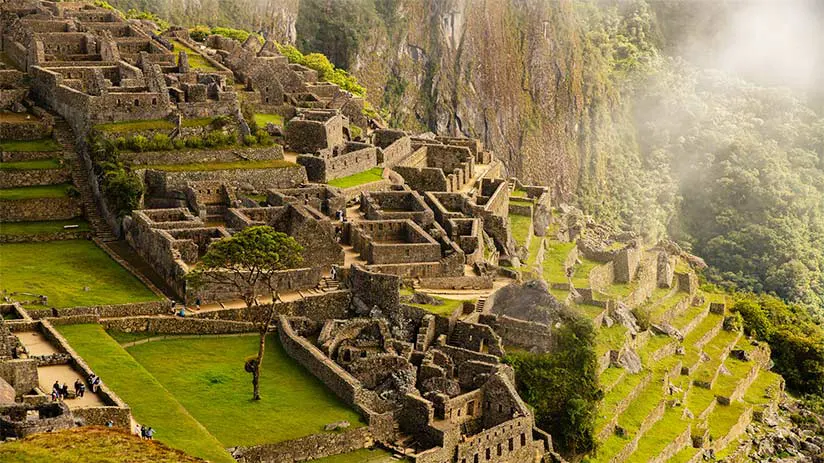
Before arriving at a place, you have to know Where is Machu Picchu located. The citadel is at 2430 meters above sea level. And yes, contrary to popular belief, Machu Picchu is lower than Cusco 3400 m.a.s.l. For this reason, it is always important to prevent altitude sickness before visiting these attractions.
In the district of the same name, in Urubamba province, at 75 kilometers northwest side of Cusco. All the structure is over the top of a mountain.
From everywhere to Cusco
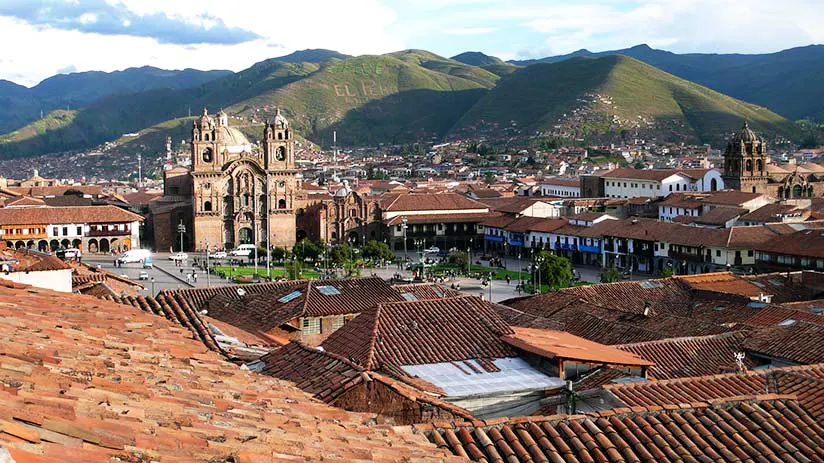
Cusco was the capital of the Incas empire, the Sapac Inca (regent), and all his relatives lived there. Therefore, almost most of the roads left from the capital to other parts of the empire. The saying “all roads lead to Rome” fits perfectly Cusco.
In current times, the story is not so different. Cusco is a modern city and is a mandatory previous step to go to Machu Picchu. Its airport, bus, and train stations are the best examples of that. So you will have to get to Cusco first and after seeing options to get and take some Machu Picchu tours.
Lima, Peru’s capital, is the main entrance door to the Andean country. This is because of its international airport, Jorge Chavez, which has more than 4 million arrivals per year. The passengers on most of these flights have only one objective: visiting Machu Picchu.
However, it is not only Lima passengers who can arrive in Cusco. On the contrary, there are passengers from Arequipa (travelers who arrived from cruises) and Juliaca (coming from Bolivia). From Puerto Maldonado (coming from Brazil). Or Tacna (coming from Chile) can get to the ancient Inca capital, too.
1. From Lima to Cusco
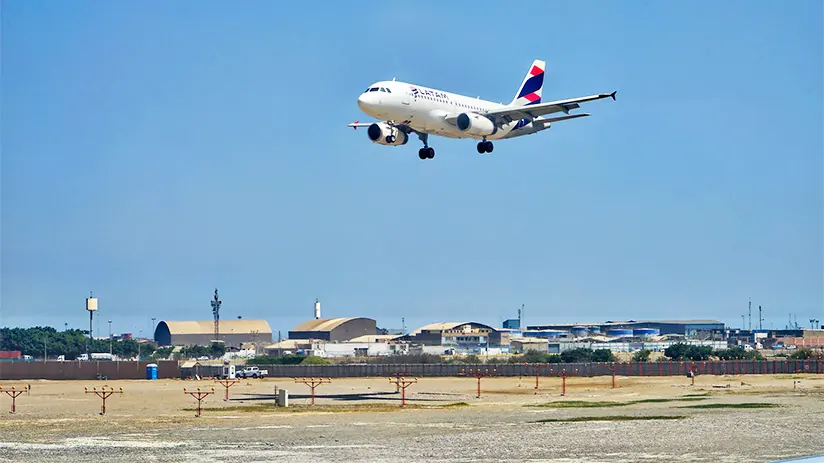
More than 3 million flights every year arrive at Jorge Chavez International Airport. And, the majority of them come to Peru for only one reason, to visit the ancient Incas citadel. In this form, they have three forms to get to Machu Picchu.
A. By plane
Whatever city you come from, you first have to fly to Cusco to get to Machu Picchu. Also, if you want to travel fast with total comfort, this is a great option. Happily, there are many flight companies with competitive prices and daily flights from Lima to Cusco, round trip.
The flight schedules go from 05:45 am to 21:30 pm. We can mention LATAM, Sky Airlines, and JetSmart. The time of the flight is approx. 01:45 hrs to Cusco.
A flight ticket can cost around $95 per person, one way. In the sale season, you can get low prices from a $50 round trip per person.
B. By bus
This is the cheapest way to get to Cusco. The Bus ticket cost around $70, round trip, per person. However, the travel time is long, passing an overnight onboard (around 23 hours). The bus route schedules are twice per day.
Usually, these depart from 14:00 pm to 16:00 pm and arrive around 15:00 pm the next day. The most reliable bus companies are Cruz del Sur, Movil Tours, Civa, and Tepsa. Each bus company has its own station where the buses depart and arrive.
The bus route passes by the coast and high mountains, with the possibility of seeing beautiful landscapes.
C. By private car
Driving on Peruvian highways is dangerous. You can make your own stops. You can enjoy the beautiful landscapes. But it will always be dangerous.
Considering the unique Peruvian drivers, poor road conditions, and lack of motels along the way. The trip is similar to a bus trip (around 23 hours or fewer). And the cost of a rental car can go from $350 to $750 per day (depending on the car style).
Without mentioning the tax guarantee, you will have to deposit around $600 in cash or by credit card.
The main “Rent a car” companies are Avis and Europcar.
2. From Arequipa to Cusco
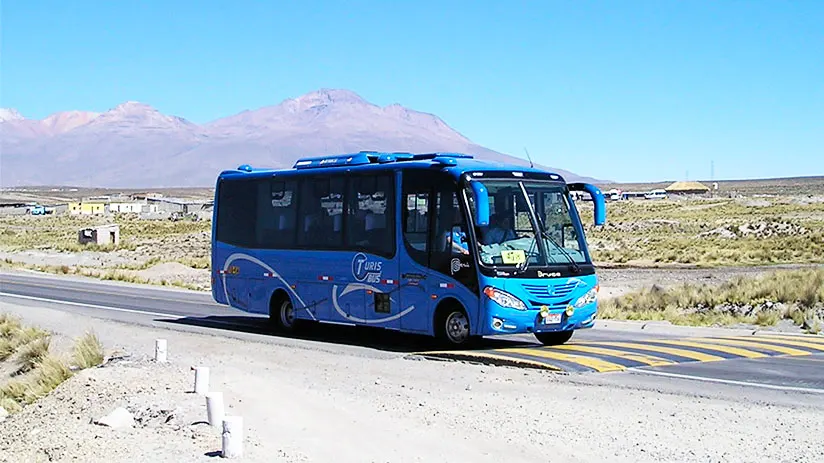
Arequipa, together with Cusco, is the most important Peruvian south city. Moreover, Peruvians call it The White City. This is because of Sillar, the white volcanic stone with which locals built their houses in the center of town. In addition, Arequipa is 514 kilometers northwest of Cusco.
Usually, tourists after visiting Misti volcano or Colca canyon go directly to Cusco by airplane or bus. Happily, there are direct flights between both cities, twice per week. The flights last 45 min approx, with a cost of around $55 per person.
On the other side, the bus trips have a duration of 10 hours (travels at night). These have a cost of around $20 approx. per person, one way. In addition, the buses depart every day.
3. From Puerto Maldonado to Cusco
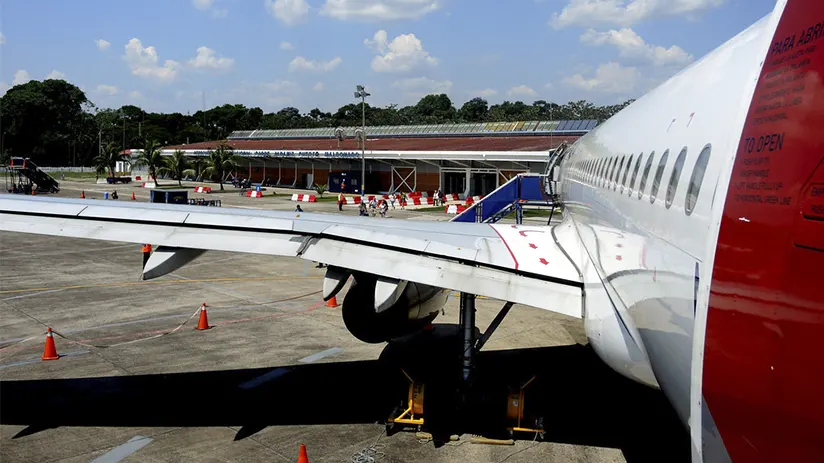
Puerto Maldonado is the main city in the southern jungle of Peru. It serves as the capital of the Madre de Dios department. It borders Bolivia and Brazil and hosts the Manu National Park and the Tambopata National Reserve.
Puerto Maldonado is 478 km northeast of Cusco. Precisely, many tourists, after visiting the Peruvian Amazon, go directly to Cusco by flight and bus, too. LATAM and JetSmart are the two companies that offer direct flights to Cusco. Indeed, these companies offer twice per week, and the trip last 45 minutes approx.
The flights cost around $50 per person, one way or another. The bus services run daily, and the trip lasts 6 hours. Tickets cost around $24 per person per day. Without mentioning that the bus trip is on the night.
4. From Puno to Cusco
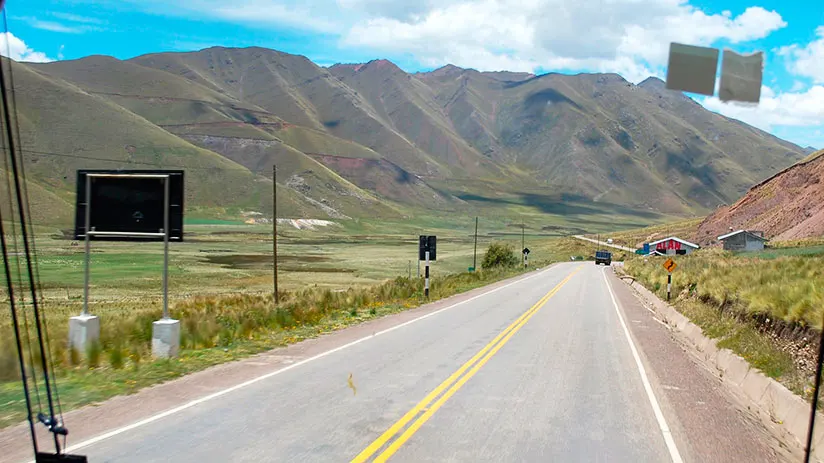
Puno is the city of the amazing Tiahuanaco pre-Inca culture, the floating islands of Uros, and Lake Titicaca. It is on the southeast side of Cusco, 387 kilometers in distance. The city is at 3810 m.a.s.l. And Bolivia borders it through Lake Titicaca.
Many tourists from nearby countries like Bolivia, Brazil, Paraguay, Uruguay, and Chile visit Peru by passing through this city. These tourists come to Peru through this city.
Unfortunately, the only way to get to Cusco from Puno is by bus. The bus trip lasts 7 hours, with a cost of around $25 per person one way. A separate note is that Puno doesn’t have an airport. In this sense, if you want to take a flight, you can travel to Juliaca, a city 1 hour from Puno.
The frequency of taking a flight directly to Cusco is five per week. The flight trip lasts 45 minutes and costs around $50 per person, one way.
5. From Tacna to Cusco
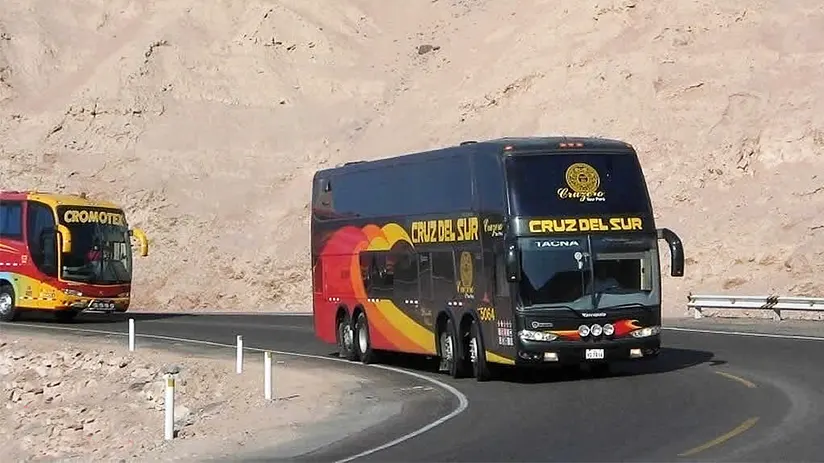
Tacna is the southernmost city in Peru and, it borders Chile, receiving more than 900 visitors per day. These tourists come from Chile, Bolivia, European countries, and even from the United States. There are no direct flight connections to Cusco.
The only way to get to the Imperial City is by bus, and its route schedules are 5 per day and last 16 hours. These depart from 11:00 am to 18:00 pm. The cost of the bus ticket is around $28 per person, one way. The route will be taken by other tourist places like Juliaca and Puno.
On the other hand, if you have a private car, the trip can last 13 hours.
Cusco to Aguas Calientes
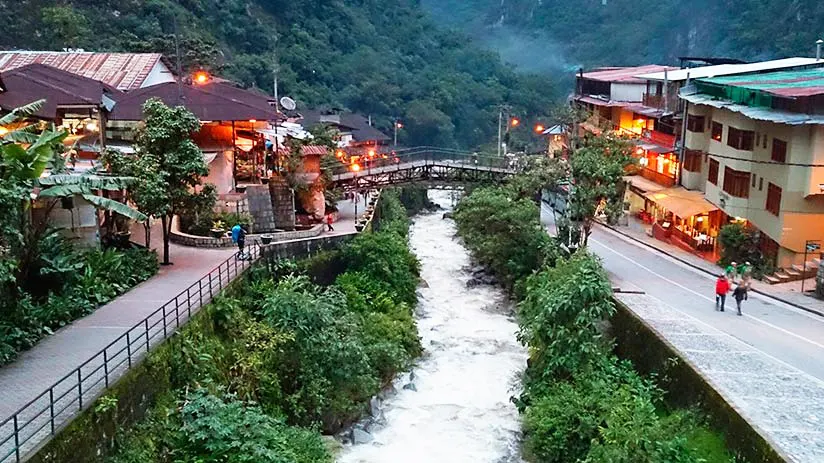
If you’re planning a trip to Machu Picchu, you’ll stay in Aguas Calientes, the modern town nearby. Once in Cusco, the next step is to see the options for going to Aguas Calientes town. And later learn how to get to Machu Picchu.
In this sense, you will have three forms to get to the awesome Inca citadel. Whether by train ride, walking, or bus, you’ll see that getting to Machu Picchu is not so hard, not at all.
A. By train
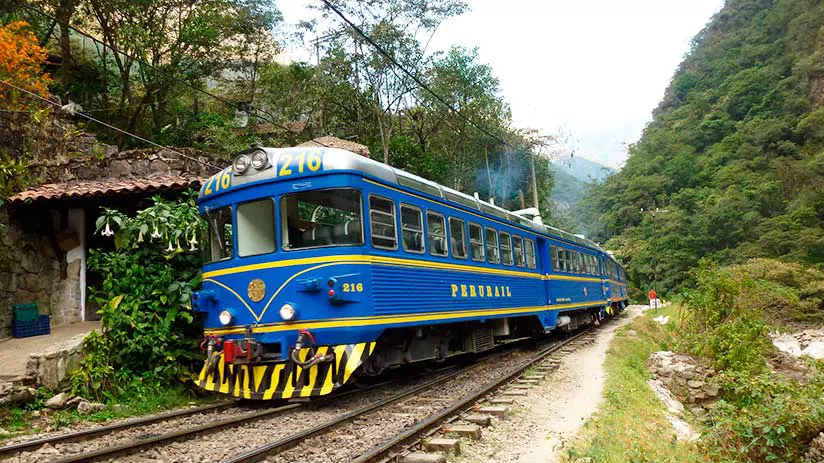
Riding the train to Machu Picchu is a special experience because you get to see the quaint landscapes of Peru. This is the first and most ancient option to get to Machu Picchu. Travel to Machu Picchu by train is the best way to get there. It is even better than taking a bus or hiking!
The pass from Sierra to Jungle is the best way to get to know the variety of zones. We can mention the weather, flora, and fauna of the south Peruvian zone.
Of course, if you have a Machu Picchu map, you can follow the route while traveling calmly on board one of these trains. Cusco has two specialist companies, Peru Rail and Inca Rail. Both have three levels of services with all the facilities.
You can imagine services like open bars, breakfasts, brunch, and live Andean music. And even the possibility of dancing with one of the dancers on board or buying a la carte and la carte fabrics.
1. Peru Rail
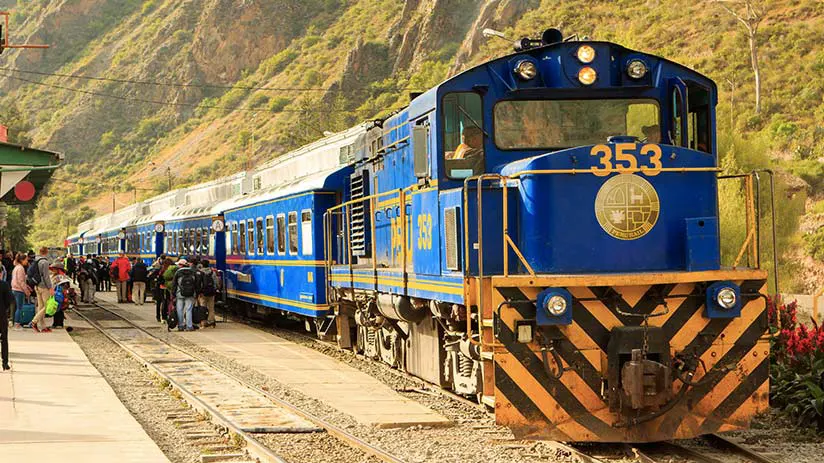
Peru Rail is the most ancient train company in Peru. The company bought the old government rail company called ENAFER in 1999. Today, it offers three levels of tourist service.
a. The Expedition
These are carriages with comfortable seats and large tables for food tasting. Without mentioning large windows to see the spectacular Andean landscapes. During the tour, a cart with soft drinks passes by water, wine, and chocolates; all of these are for sale. These usually depart from San Pedro train station (located in the same Cusco city).
And, the trip lasts 04 hours to Aguas Calientes town. Also, these can depart from Poroy train station, a town 15 km from Cusco. The trip lasts 03 hours to Aguas Calientes town. The trains can depart from the train station of Ollantaytambo in the Sacred Valley, 61 km from Cusco.
And this trip lasts 02 hours to Aguas Calientes. The cost of an expedition train trip, one way or another, is around $80 per person.
b. The Vistadome
Vistadome is a level of service with the same characteristics as the Expeditions trains. The difference is the little brunch (only on one-way trips) and a fashion show with Alpaca fabrics onboard. Without mentioning the possibility of purchasing these fabrics, longer windows, and seats with more space.
The trains depart from the same train stations where Expeditions depart. The cost of a Vistadome train trip, one way, is around $90 per person.
c. The Hiram Bingham
Hiram Bingham is the most luxurious service of Peru Rail. The train remembers those luxury Britain Pullman trains of the 1920s. The Hiram Bingham has 3 restaurant carriages, 1 observatory-bar carriage, and 1 cooking carriage.
The service includes a gourmet brunch on one way and a gourmet dinner on the return way. Without mention of an open bar, Andean music band, and tour guides onboard. In addition, it will provide charter buses from the Aguas Calientes to Machu Picchu round trip. Of course, the service includes ticket entrance of Machu Picchu and exclusive tour guides.
The trains depart from Poroy train station and the trip lasts 03 hours to Aguas Calientes town. Or, these ones can depart from Ollantaytambo train station, the trip lasts 02 hours to Aguas Calientes. The Hiram Bingham tickets cost around $500 one way per person.
2. Inca Rail
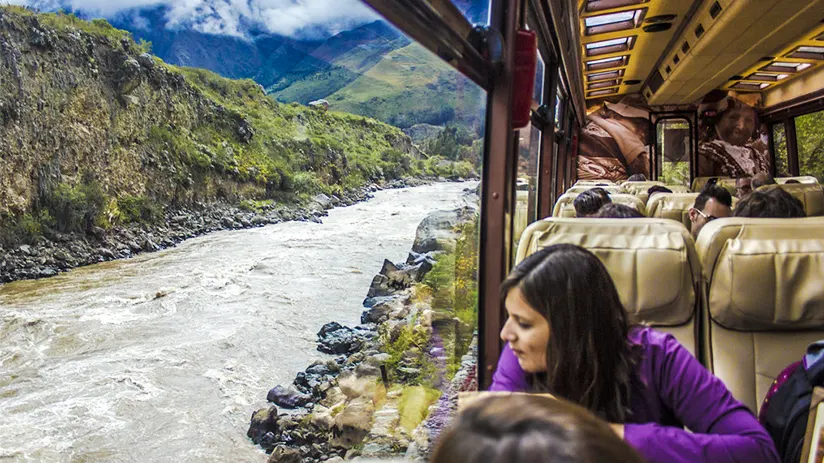
Inca Rail is the most recent train company formed in 2007, the trains have a similar class of services to Peru Rail. The only difference is that these trains are much more modern. But, these depart only from Ollantaytambo train station in the Sacred Valley. This is because the company doesn’t have stations in Cusco.
a. The 360º train
These trains have services similar to those of Expeditions of Peru Rail. These differ in modern carriages and a free snack per passenger. Consequently, the costs are usually lower than those of Peru Rail.
b. The Voyager
In the same way, has similar services to Vistadome trains. The only difference is that these are more modern. Moreover, the station of departure is from Ollantaytambo and is usually cheaper than Vistadome.
c. The First Class
The First Class is a train similar to Hiram Bingham of Peru Rail. Therefore, the only difference is that these operate only on demand. Also, the cost is usually higher than that of the Hiram Bingham. The carriages have a contemporary style.
B. By trekking
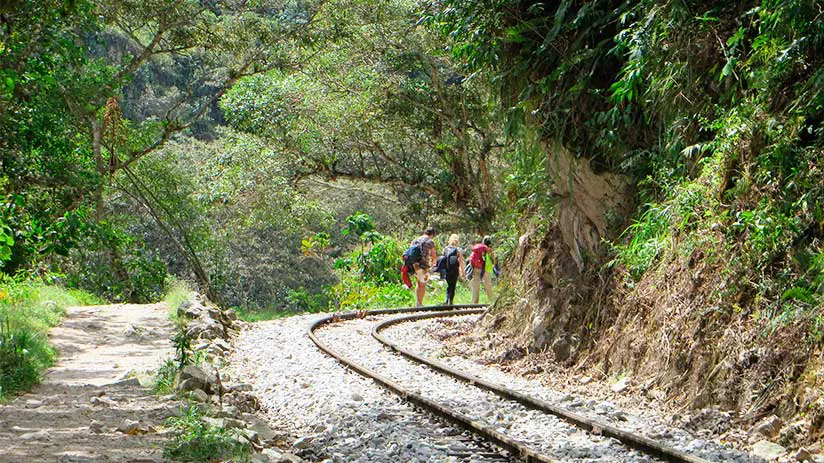
Going trekking to get to Machu Picchu is one of the best things to do. Beautiful landscapes will reward your effort and perseverance. Besides the archaeological zones rarely visited on the route, the local endemic flora, fauna, and the great Machu Picchu.
The Qapac Ñam was an ancient Inca path system that connected all Tawantinsuyo in the Inca times. Centuries later, the Peruvian government revalued it. Now, any adventurous souls who want to pay tribute to the Incas before getting to Machu Picchu can trek some stretches.
The most famous of these routes is those that reach Machu Picchu from the Sacred Valley of the Incas. Of course, it receives the name of The Inca Trail.
1. Inca Trail: 4 days / 3 nights
Hiking the Inca Trail is the most famous and demanded trekking heading Machu Picchu. Therefore, the Inca trail to Machu Picchu requires an entrance ticket bought 6 months in advance. The objective is to respect the carrying capacity of the route, which is 500 tickets per day.
Without mentioning that only tour operators can manage all these tickets. The Peru government forbids going trekking on your own without a tour operator on the Inca Trail. For that, your travel agency will issue you a special permit to get off at this stop. This fact is due to prior coordination with the train operator.
The trekking passes by beautiful landscapes, and hills over 4224 m.a.s.l. Besides amazing archaeological sites, and cliffs.
2. Salkantay Trek: 5 days / 4 nights
This is the best alternative for those who made the Inca Trail and want to experience another new route to Machu Picchu. The path begins at the Soraypampa Camp, located in the Mollepata district, 122 km northwest of Cusco.
You can get up to this point on the bus. During the trek, you will pass through beautiful landscapes of Sierra and jungle, and you’ll be bordering the Salkantay snow (6264 m.a.s.l). Also, the route guarantees the view of some glacier lagoons.
Moreover, the glaciers, flora, and fauna of the place will surprise you. Of course, the path ends at the citadel of Machu Picchu. This trail doesn’t require tickets but is highly recommended to do it through a travel agency.
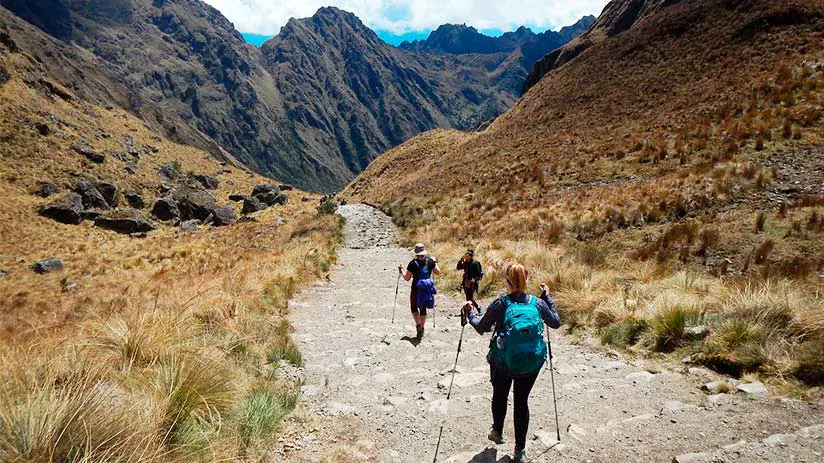
3. Inca Jungle Trek: 4 days / 3 nights
Those adventurers who want a real challenge before getting to Machu Picchu can make this trek. Because during the trek, you’ll go trekking, rafting, and even biking. During the Salkantay Trek, you will journey from the Peruvian Sierra to the Jungle, experiencing both landscapes at once.
During the route, you’ll enjoy the beautiful landscapes and extreme weather changes. Without mentioning the adrenaline of activities that the route offers. Abra Málaga is the highest point of the route (4316 m.a.s.l), where you will begin the biking experience by going down to the Jungle area, continuing with rafting and trekking.
Machu Picchu will be the cherry on the cake of this experience. This trail is free to access. However, using a travel agency is the most recommendable. This is because there are many activities and logistics involved in planning the trip.
4. Lares Trek 4 days / 3 nights
Lares is a community located on the right side of Sacred Valley. 150 kilometers from northwest Cusco. Therefore, the experience begins by car. And, the transportation will pick you up from Cusco and drop you off in Lares (198 km in distance).
There, you’ll find to enjoy the unique hot springs of the same name located in the town previously to the adventure. From this point, the trek will begin bordering glaciers and lagoons for 3 fantastic days. Finally, on the fourth day, the trek will end at the Ollantaytambo train station. Where you’ll have to take the train heading to Machu Picchu.
This trail doesn’t require tickets. But we recommend using a travel agency.
C. By Bus followed by Train
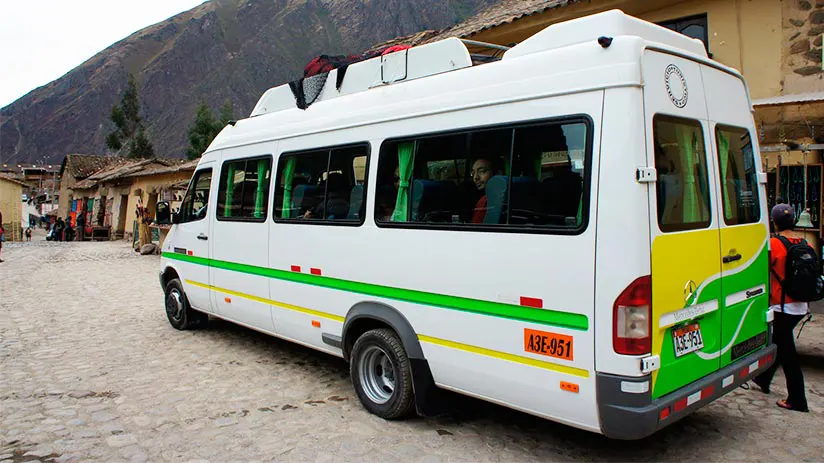
Among the Machu Picchu facts, the car route is the recent alternative to get to the world wonders. The trip begins in Antonio Lorena Avenue, in the district of Santiago, in Cusco. There is public transportation that will pick you up to go to San Teresa town.
This is a little town located 203 kilometers from Cusco northwest, to 4 hours of trip. The cost of bus tickets is around $13 per person, one way. Some parts of this highway are unpaved. Therefore, we recommend you take this option only during the dry season (April to November).
Otherwise, in the rainy season, from December to March, you will suffer from transport stagnation. This is because of puddles and mud along the way.
Once in Santa Teresa town, you can enjoy its hot springs called Cocalmayo. You can even spend a night there, specifically in one of its modern hotels, among restaurants, bars, and even discos. The next morning, public buses offer transportation heading to the Hydroelectric Train Station.
Hydroelectric is 11 kilometers away, and the cost per person is $3 one way, per person. From this point, you will have two options to continue.
- Walking: The trek of 03 hours will begin at the Hydroelectric train station. You’ll have to follow the train rails on one side and arrive in Aguas Calientes. Finally, once you arrive in the town, you can rest and spend a night there. The next morning, you can take a tour of Machu Picchu.
- Train: From the Hydroelectric to Aguas Calientes (a 30-minute trip). You can buy train tickets in the same place and don’t need a reservation. The fare is $4 per person, one way. Don’t expect a tourist-class service. The locals use this train daily.
Aguas Calientes to Machu Picchu
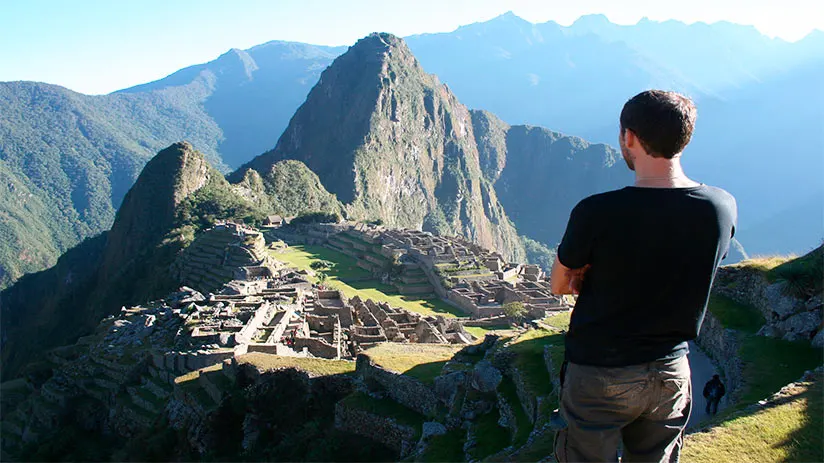
Now, you are in the last step of how to get to Machu Picchu. Before your trip, think about doing a Machu Picchu virtual tour to learn more about the citadel. It’s a great idea! Returning to our item, once in Aguas Calientes, it is essential to take a shuttle bus to Machu Picchu.
The only local company that operates these bus services is CONSETTUR. This is a company operated by the same Aguas Calientes municipality. The one-way journey takes about 35 minutes.
1. CONSETTUR buses
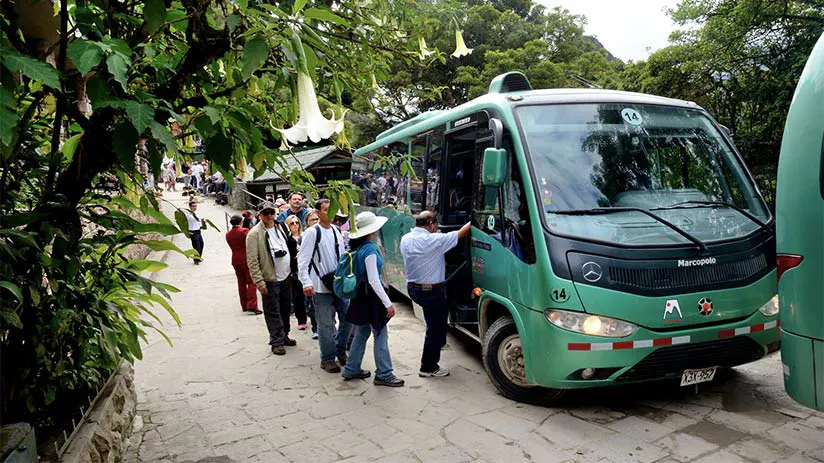
These are all modern and air-conditioned. Buses go up from 05:30 am to 3:30 pm and go down from 06:00 am to 5:30 pm. Their departure frequency is every 10 minutes. So you don’t have to worry about running out of space.
The bus ticket costs $24 per person, round trip. You can buy it at the same CONSETTUR bus station. The address is Hermanos Ayar Avenue in Aguas Calientes town.
The bus tickets don’t need a reservation. Also, if you want to buy only one way, the cost is $12 per person.
Upon receiving your bus tickets, you will not find a specific time of departure selected. You only need to take a bus, considering the entrance ticket you have for Machu Picchu. Also, you must know the bus schedules to get on and off. If your tickets to Machu Picchu allow entering starting at 11 am, you’ll have to take the bus 1 hour before.
2. Climb up the mountain
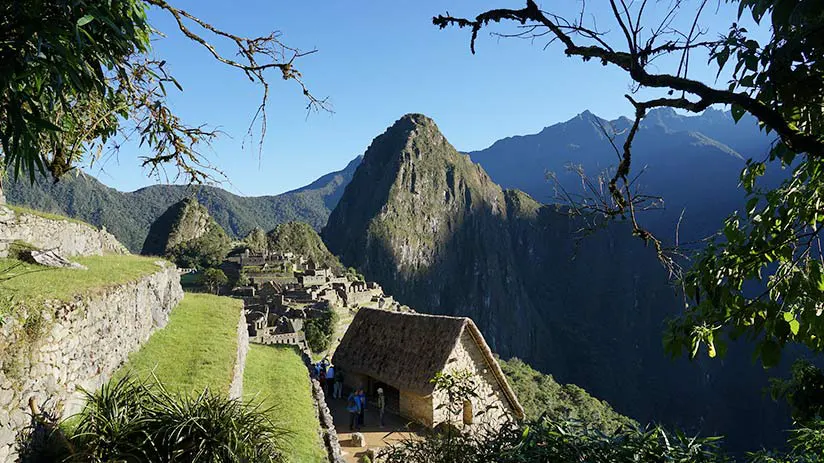
Another option is to climb up the mountain to the citadel’s entrance, which may take a while, depending on your hike pace. Usually, it takes 1 hour to go up and another one to go down. After this, you can fully enjoy your Machu Picchu guided tour, where you will learn some interesting historical points for Machu Picchu.
Keep in mind that once inside the citadel, there are many things to do in Machu Picchu. In this sense, you can choose some hiking routes, such as the Huayna Picchu trek or the hike to Machu Picchu mountain. Just remember that these require an extra ticket in addition to your entrance to the citadel.
Machu Picchu tour tips
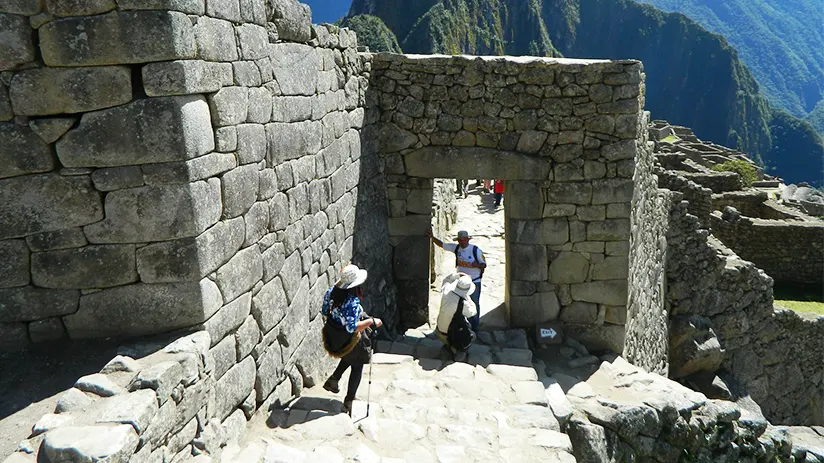
- The temperature in Machu Picchu is usually pleasant. You will not feel too hot or too cold. The temperature average is from 66.2 ºF to 69ºF in the rainy season (from November to March). This means warm days and not so-cold nights but cloudy skies, hard rains, and muddy and slippery roads.
- On the other hand, the Dry season goes from April to October, with an average temperature of 62.6ºF to 66.2ºF. Clear skies, warm breezes, and freezing nights. It does not rain at 95%; however, a sudden drizzle may fall, but it will not ruin your day in Machu Picchu. Everybody considers it the best time to visit Machu Picchu.
- Take layers of clothes with you as maybe you will be cold in the morning. But when the sun rises, you will be glad to wear just a T-shirt.
- The mosquitoes can also be trouble. So be sure to use an organic repellent, or if you have a light long-sleeve t-shirt, take it with you.
- Take good walking shoes as the roads can be difficult in certain parts. And that will allow you to explore more.
- Regarding the entrances, be sure to buy your Machu Picchu tickets in advance. You can do it easily on the governmental web: https://tuboleto.cultura.pe
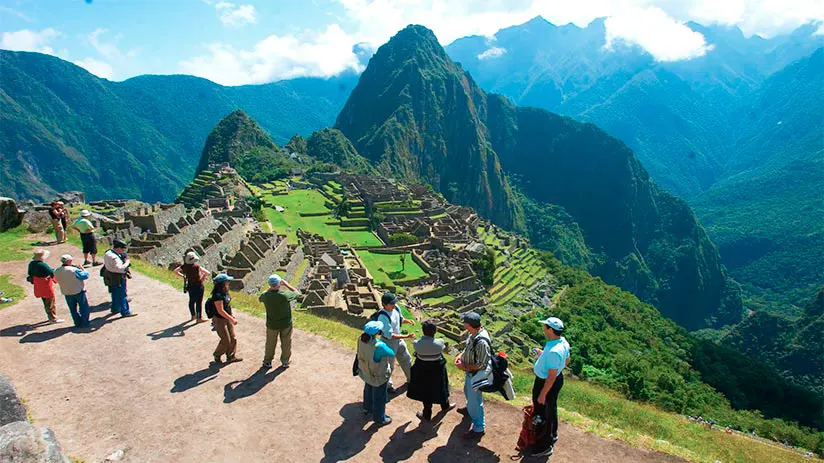
- The Park Administration sells the entrances for different times or shifts during the day. Even some turn to start early. So, choose the best suited for you.
- For, example. If you want to avoid the crowds, so you go up during the first schedule. Otherwise, if you want to have a better view of the mountains around you, a later entry would be better.
- Also, consider that if you want to visit the citadel at 6 am, you should sleep in Aguas Calientes the day before. So you will have the time to take the bus and spend most of your time there.
- It’s also good to reserve train tickets beforehand. You can use Inca Rail or Peru Rail, visit their websites, and make your reservation.
- The train is the only way to return from Machu Picchu to Cusco. As we mentioned before, there are two train companies like Peru Rail and Inca Rail.
“TRAVEL. YOUR MONEY WILL RETURN. YOUR TIME WON’T”
As you will see if you were wondering how to get to Machu Picchu. So, there are no excuses to miss out on this wonderfully unique place on planet Earth. We hope, together with the travel experts of Machu Travel Peru, have been helpful.
To visit the archaeological complex, make sure to book ahead of time to enjoy it fully. And for us, it will be a pleasure to help you reserve a place for the trip of your dreams. You can consult with our certified advisors, who will be happy to help you fulfill your plans.
Our team will be happy to help you with all the details and reservations. Don’t miss out on the magical adventure of Peru.